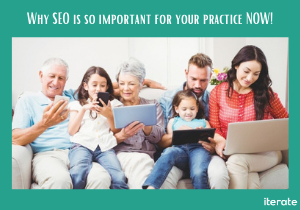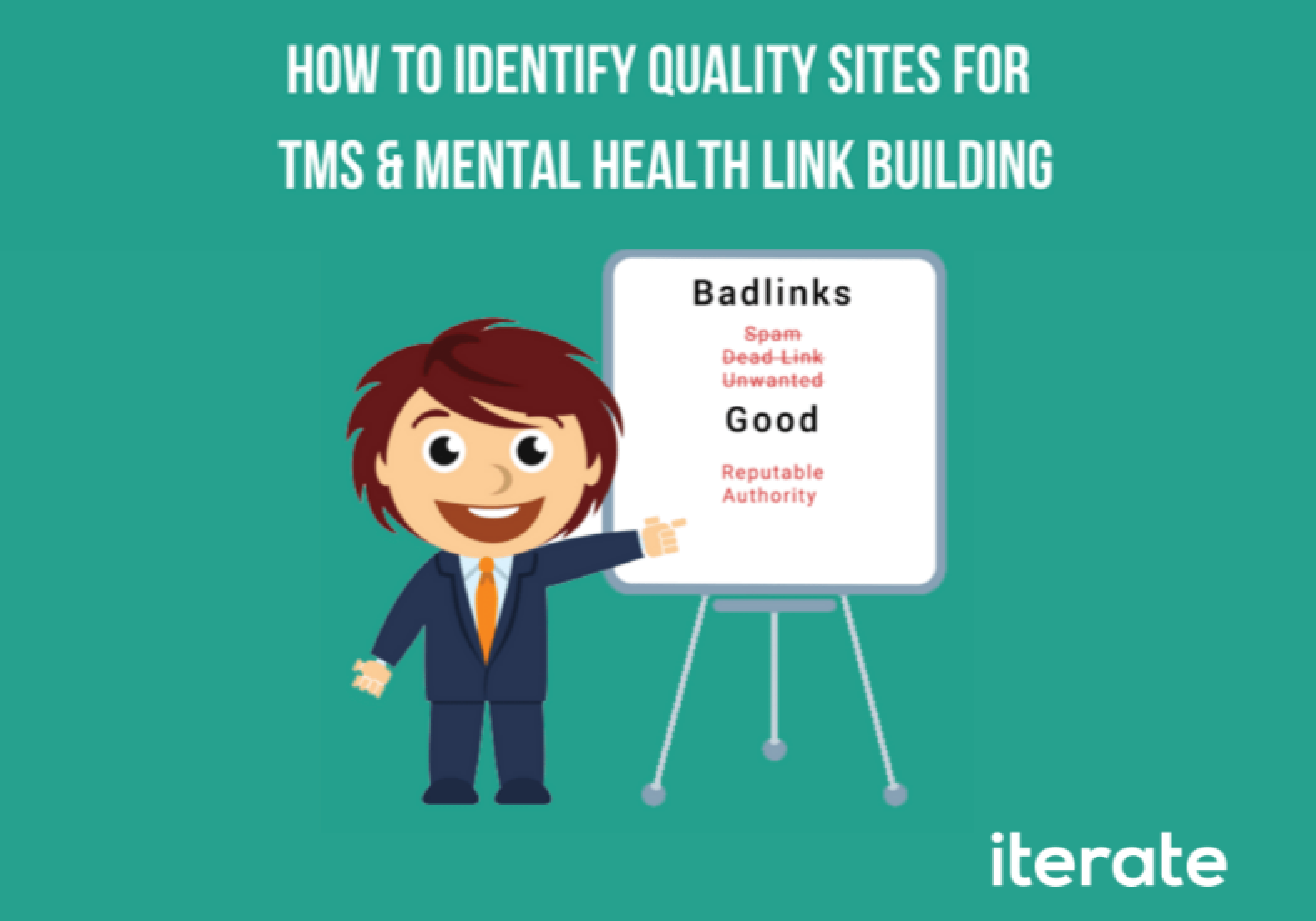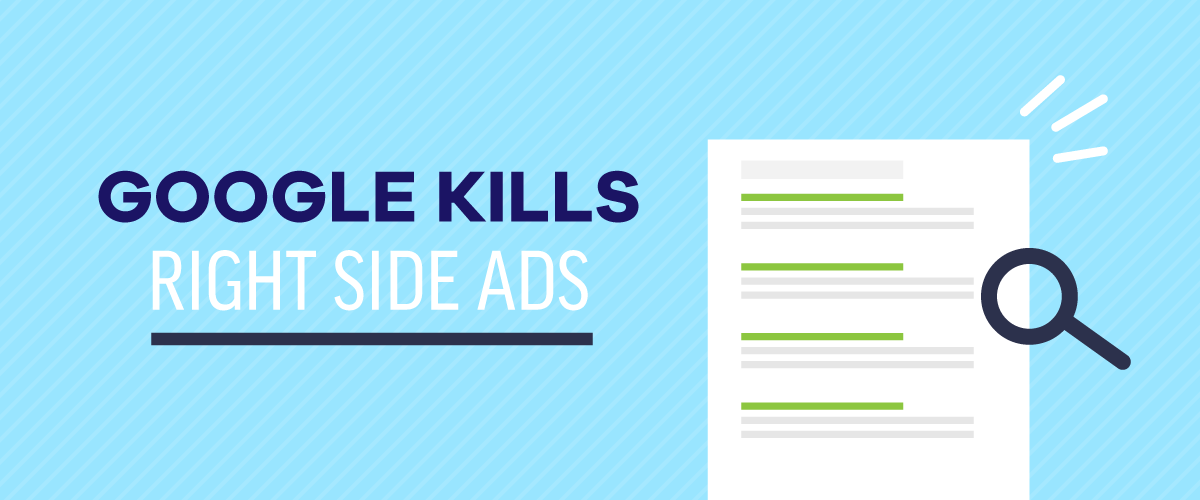In the Tar Pit
As a greenhorn PPC strategist, I have not yet lost that youthful energy that drives me to to help clients… with whatever they want… at any time… for any reason. Don’t get me wrong, this can be a great quality to have, but it also tends to dump me into a tar pit of inefficient (and dangerously open-ended) special projects.
The most recent challenge to cross my desk involved over 9,000 raw data entries for businesses that included first name, last name, business name, address, zip etc. The goal was take the client’s AdWords campaigns and target these leads based on the locations of their businesses, which is simple enough.The catch? The businesses needed to be targeted as close to their address as possible, which in Adwords case, means around a 1km radius.
Haystack in a Needle
I was able to copy raw addresses out of the client-provided excel list, run them 500 at a time through a batch geocoder, copy the output latitudes/longitudes into a properly labeled excel document, upload said document to AdWords editor, and create thousands of 1km proximity targets, of which only 500 per campaign are allowed.
At the end of the day, this approach is pure madness – far too much time and energy to produce more targets than Adwords allows. However, Hyper-Geotargeting does open up some impressive possibilities for the future of specific ad targeting, as well as some interesting obstacles.
Problems with Hyper-Geotargeting
Some of the most glaring problems with Hyper-Geotargeting is enough to make you shake in your crocs, including:
- – Time Intensive/Tedious
- – Google’s Imperfect location tracking of target audience
- – “Telephone Game”
- – Relevant Audience Shrinkage
Although Google is getting much better with internal building mapping and mobile tracking, they are still not perfect. There is always a chance that the audience within your finite target proximity doesn’t show to Google as being within that proximity 100% of the time, ultimately creating undesirable leakages.
Lastly, batch geocoding to scale isn’t always perfect, meaning that errors here and there when receiving latitudes and longitudes to feed into AdWords can translate into your clients or business missing out on important opportunities.
“If you target a small radius, your ads might only show intermittently or not at all. That’s because small targets might not meet our targeting criteria.” – Google
The reality of Hyper-Geotargeting is you have to take some considerable bads with the good. Until the process can be improved, implementing Hyper-Geotargeting at scale remains difficult… and tedious.
Benefits and Opportunities
Despite the inherent weaknesses of Hyper-Geotargeting, there are some excellent reasons to continue developing better ways to execute such a strategy.
- – Leveraging ad budget to target only your best leads, and closing like Rivera.
- – eCommerce + Brick Mortar = Awesome (engagement)
- – Client Catering / Service Diversity
- – Future-Proofing
If you are a B2B company looking to target a massive list of prospective clients, a content-oriented business looking to engage members, or a retail chain only interested with advertising to people that live within 10 miles, Hyper-Geotargeting can a great solution. It offers what equates to the glorious gerrymandering of digital paid advertising fully-customized to any businesses needs.
Adding to the list of benefits, creativity can land you some phenomenal opportunities, like running mobile-only campaigns that Hyper-Geotarget ads that offer special sales and benefits to people within a reasonable proximity to your establishment. With the rise of mighty eCommerce hurting the traditional brick-and-mortar, creating value for consumers that they simply cannot get online is a great incentive.
Hyper-Geotargeting is very focused and offers another option to forward-looking clients when appropriate. This can increase the value received from AdWords and your services and diversify your services..
Lastly, the more technology improves and Google continues to refine their advertising technology, the stronger this method will get. Being able to reach potential customers at a super level of specificity will cut down on costs while increasing the value of digital advertising. Quality scores, click-through-rates, relevancy and ultimately ROAS all show the potential to see huge future gains as a result.
You can expect the means of accomplishing Hyper-Geotargeting to be much more elegant in the future, but that doesn’t mean you can’t start now!






